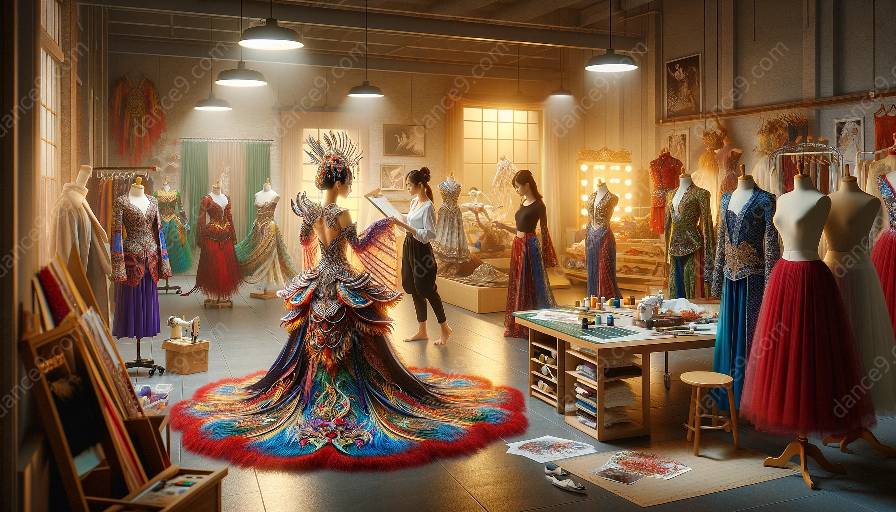Dance costume design plays a crucial role in the overall aesthetic and storytelling of a dance performance. It not only enhances the visual impact but also supports the movements and expressions of the dancers. When it comes to designing costumes for rehearsals versus actual performances in dance, there are notable differences driven by the unique requirements of each stage of production.
Design Considerations for Rehearsal Costumes:
During the rehearsal phase, the primary focus of costume design is on functionality and practicality. Rehearsal costumes need to facilitate ease of movement, allow for quick changes, and withstand the rigors of frequent practice sessions. Comfort and flexibility are paramount for dancers as they perfect their choreography, so rehearsal costumes often prioritize breathable fabrics and minimal embellishments to prevent hindrance during rigorous rehearsals.
Adaptability and Durability:
Rehearsal costumes are designed to endure repeated washings and wear, as they are subjected to frequent use throughout the rehearsal process. This necessitates the use of durable materials that can maintain their shape and vibrant colors despite frequent laundering and handling. Additionally, rehearsal costumes may undergo alterations based on feedback from dancers and choreographers, requiring a level of adaptability that is not as critical in the designs of performance costumes.
Evolving From Rehearsal to Performance:
The transition from rehearsals to actual performances marks a shift in the emphasis of costume design. While functionality remains important, performance costumes are crafted with an increased focus on visual impact and the articulation of the choreographic narrative. The colors, textures, and design elements are often elevated to create a more captivating and dynamic visual presentation that complements the stage lighting and sets.
Storytelling Through Performance Costumes:
Performance costumes are deeply integrated into the storytelling aspect of the dance piece. They are intended to evoke emotions, convey character traits, and accentuate the movements and expressions of the dancers. Designers carefully consider the thematic elements of the performance and the nuances of the choreography to reflect these aspects in the intricate details and overall aesthetics of the performance costumes.
Collaboration with Choreographers and Directors:
Unlike rehearsal costumes, the design of performance costumes often involves close collaboration with the choreographers and directors to ensure that the costumes align with the artistic vision of the production. This collaborative process allows for the synchronization of costume design with key elements of the performance, such as music, lighting, and stage dynamics, to create a cohesive and impactful visual experience.
Ultimately, while rehearsal costumes prioritize practicality and comfort to support the intensive practice sessions of dancers, performance costumes transcend functional considerations to become integral components of the artistic expression, storytelling, and visual spectacle of dance performances.











































